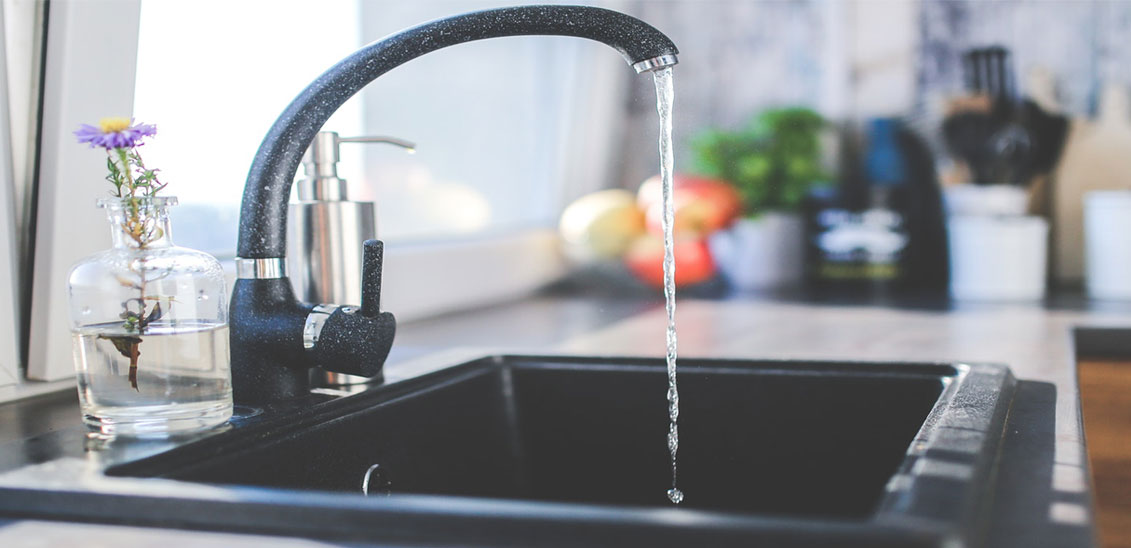+968 72444424
-
Service
- Real Estate Service
- Handyman Services
- Home Service
- Appliance Repair

1. Low Water Pressure at the Kitchen Sink
If you’re experiencing a weak stream of water when you use your kitchen faucet, chances are that the problem is nothing more serious than a clogged aerator. Water picks up minerals like calcium as it travels to your home in Long Island, and these minerals tend to accumulate in the aerator. Simply remove the aerator, use a brush dipped in vinegar to clean out any debris and replace it.
2. Leaky Kitchen Faucet
Although some leaking faucet issues require a professional repair or replacement, it’s worth your while to check for some common problems before calling in the experts. If the faucet leaks from the base of the spout whenever you use it, the culprit may be a worn O-ring seal. Before disassembling the faucet, make sure that you turn the water off at the source. To access the O-ring, remove the coupling nut and gently coax the spout from its socket.
3. Clogged or Leaking Kitchen Sink
Your kitchen sink is equipped with a P-shaped trap that’s designed to keep sewer gases and odors from entering your home. Gravity pulls water into the curved section of the pipe to block out the gases. Materials like grease and soap scum can build up in the P-trap too and eventually obstruct the flow of water or cause a leak. To check the P-trap, place a bucket under it, use pliers to loosen the slip nuts at each end and remove the trap.
4. Garbage Disposal Care
A garbage disposal is a remarkable feat of human ingenuity, but it’s not engineered to handle materials like grease and bones. Even potato peels can cause the disposal to jam. If it stops working, pressing the reset button may be all that it takes to get it up and running again. To prevent future problems, run cold water down the drain for around 15 seconds before using it and for around 30 seconds afterwards.
5. Dishwasher Leaks
Before hauling the dishwasher out from beneath the counter to search for the source of a leak, check these common leak-causing problems. A broken float switch, for example, will allow water to fill the tub until it overflows. Damaged spray arms can also cause leaks. Both can be replaced using a screwdriver. Leaky door gaskets are easily replaceable as well. Leaks where the drain hose connects to your sink drain or garbage disposal can often be corrected by tightening the hose clamp screws.
6. Not Enough or No Hot Water
If you’ve recently added a water-using appliance to your Long Island kitchen, you may need to upgrade your water heater too. A too-small water heater is a common cause of inadequate hot water. When no hot water is produced from a gas-burning heater, a faulty gas pilot, thermocouple or control valve may be the cause. A broken dip tube can also disrupt your hot water supply. This tube of plastic brings cold water to the bottom of the hot water tank for heating. To replace it, disconnect the cold water inlet and undo the pipe nipple.
7. Clogged Drains
Water arrives at your Long Island home under pressure, but it relies on gravity to exit the property. Over time, a build-up of debris in the drains can impede the downward flow of water. A plunger is your first defense against a clogged kitchen sink drain. Many homeowners are wary about using chemical drain cleaners or augers that might damage the pipes, but there’s an eco-friendly homemade remedy you can try before a calling a plumber for help. Pour baking soda down the drain followed by an equal portion of vinegar. The bubbling action that occurs when the two substances mix may be enough to break up the clog. Wait 30 minutes, and then rinse with hot water.
For Quality Plumbing services in Muscat Oman please contact +968 72444424